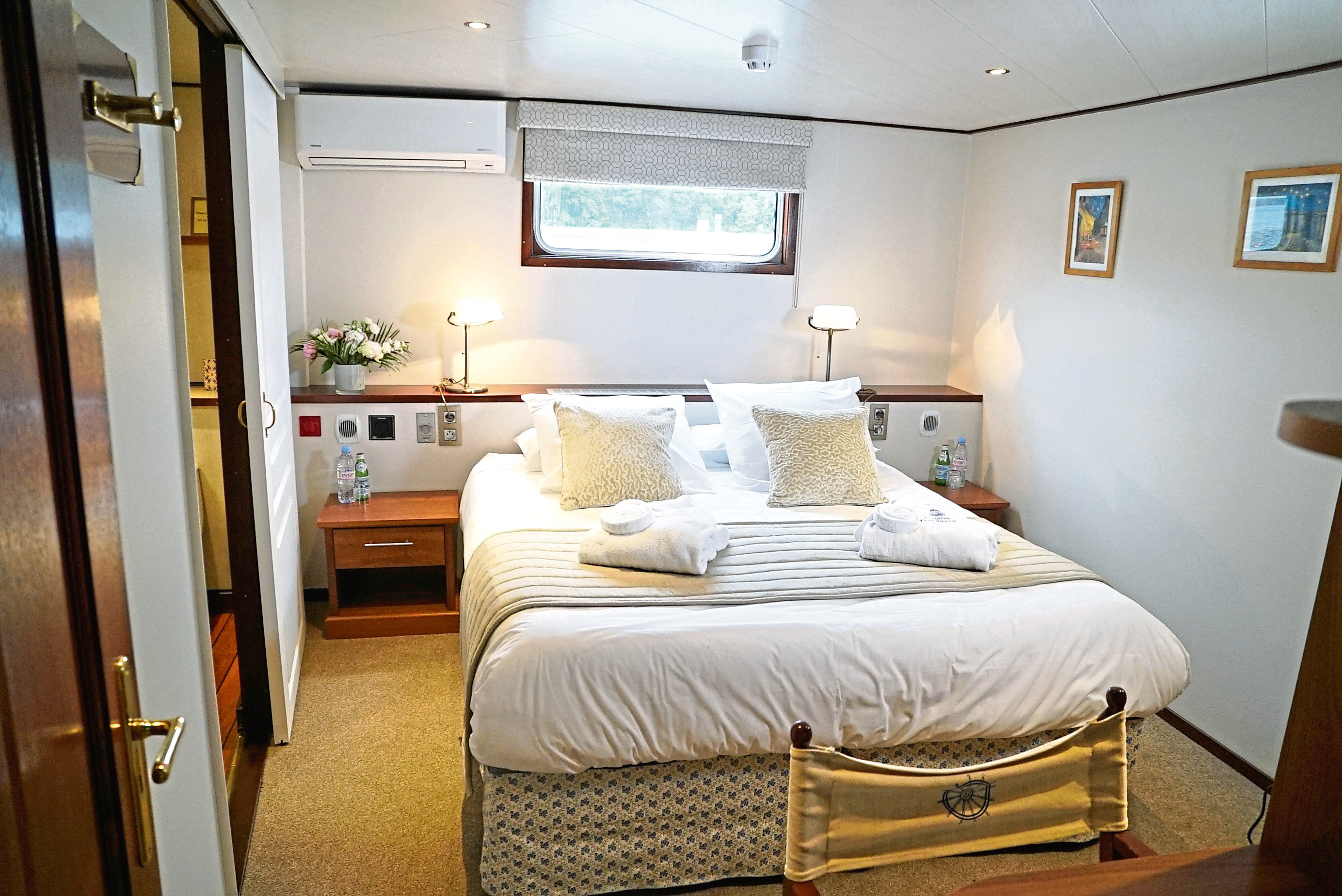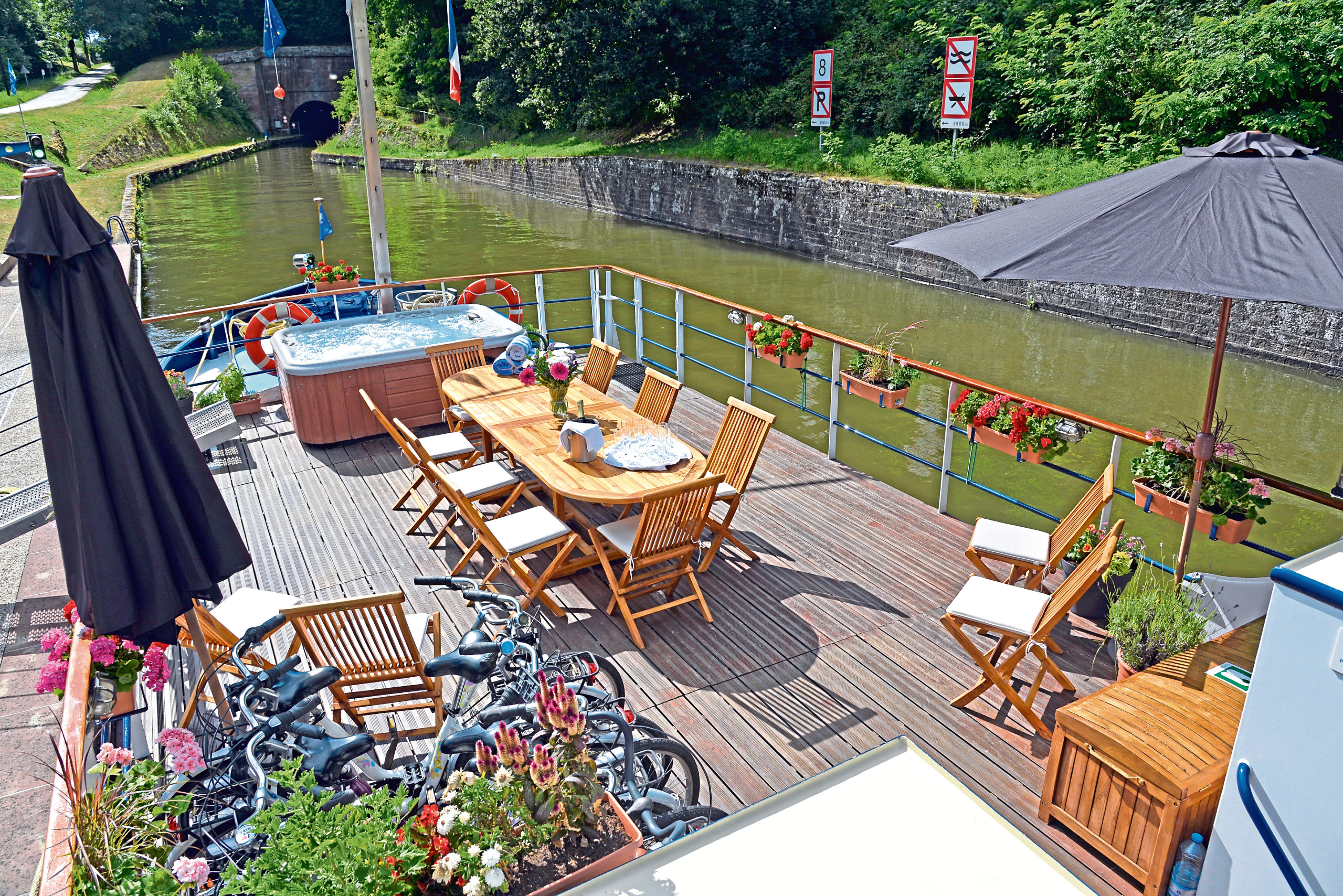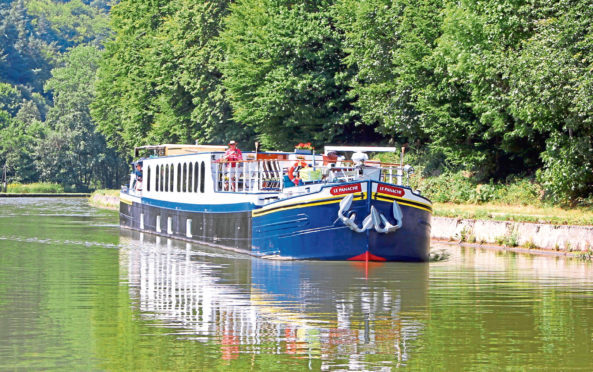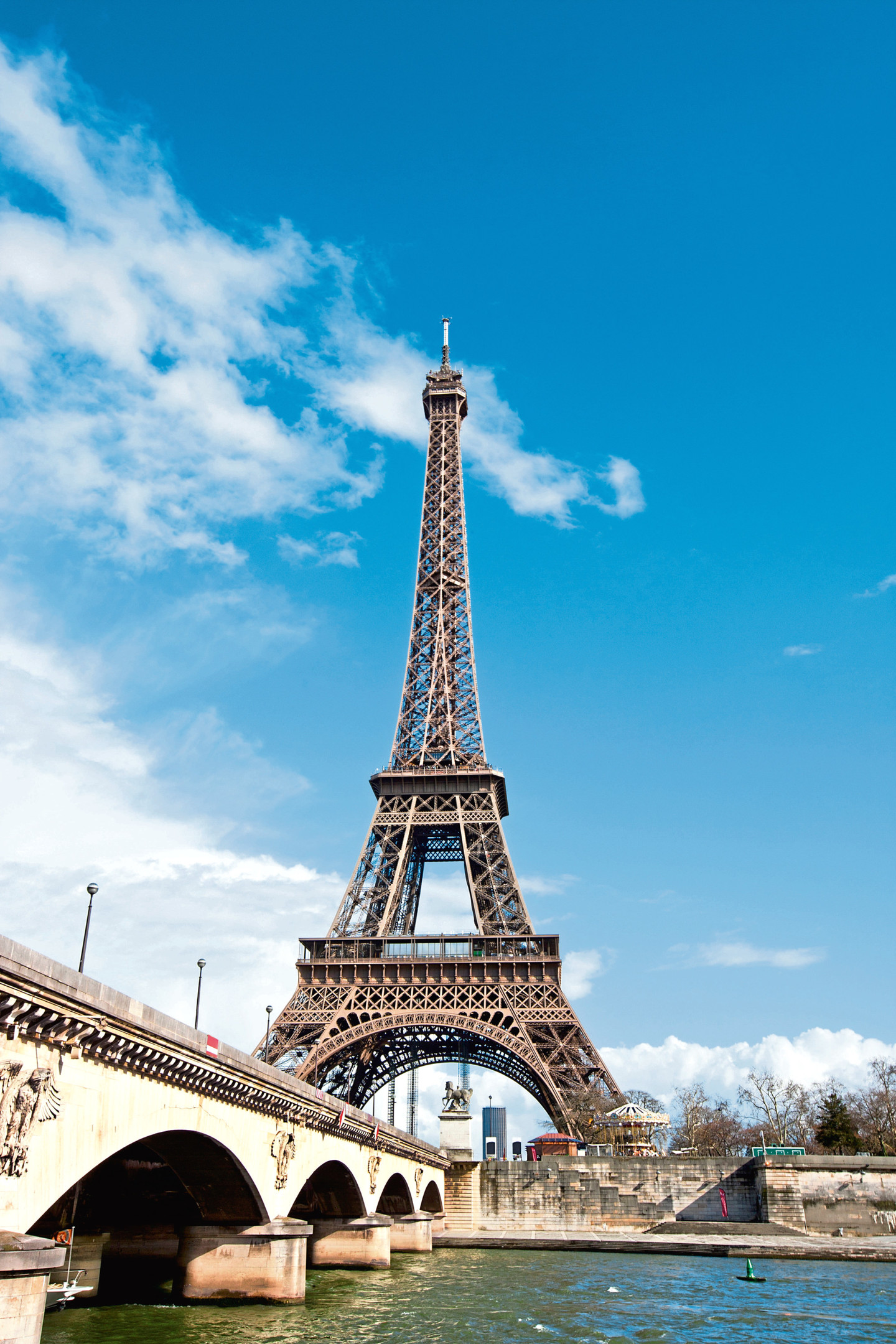My first river cruise was pretty well perfect, even if the vessel, a converted working barge, was somewhat basic. The captain was also barman and tour guide, his girlfriend was the waitress and made the beds, and the chef doubled as boatman.
We were a merry band of fewer than 20, the food was good, the wine endless and the entertainment was the glorious French countryside.
What more could you want? Well, one captain was so fond of the hokey-cokey he had the passengers up and at it every night.
These days there are river boats almost everywhere, some with speciality restaurants and professional entertainers. And they are bigger, carrying almost 200 passengers, and so wide they are restricted to major rivers like the Rhine, and they don’t do locks.

But, as you might have gathered from chef Rick Stein’s entertaining TV series filmed on the Anjodi while cruising the Canal du Midi, there is a lot of charm to be found on a small vessel chugging serenely on a winding river, or along a canal where you can hop off for a bike ride.
I have just been on the Panache, a sister ship to Anjodi and both from European Waterways. While most barge cruises in northern France start with hotel pickup in Paris, our itinerary began in the city itself with a delightful cruise under the city’s romantic bridges. We dined while under way and slept close to the Eiffel Tour.

Breakfast in Paris, ooh la la, and that means we had baguettes, croissants and of course the ficelle, a smaller version of the baguettes, from a local boulangerie. For some of us, France is all about bread, cheese and wine, and as we set off down the River Seine, we soon connected to the River Marne and headed to Meaux, famous for its creamy, soft cheese.
The first lunch came with a pair of delicious Sancerre wines – a chilled white with a tender chicken Milanese, and a silky red with two cheeses, a Tomme and the delicious Brillat Savarin.
Other wines and cheeses were flourished each day covering the best of France. Add to that the fresh baguettes bought every morning and I am reminded that not everything afloat is as good as this.
For a start the Panache is like a private yacht with just six cabins, we had our own chef, an obliging hostess who poured drinks (all included) and made our beds, and an executive-size bus for daily trips.
Panache is typical of the bijou boats in European Waterways’ fleet. Some of the 17 carry more, some even fewer. There is never a queue to get off. Panache, like most hotel barges, is a former working barge, some of which were horse drawn and carried coal and steel. Panache got lucky when a wealthy Belgian chose her for a superb conversion featuring a magnificent granite table.
We did not see many working vessels on the Marne, these days a blissful way to cruise from Paris to the Champagne region.
The peace was shattered in 1914 when the German army burst through Belgium and was poised to cross the Marne when the French army held its ground but lacked transportation for fast reinforcements. Famously, an appeal was made to Paris cabbies, who ferried an army in convoys of taxis. The Germans retreated and the cabbies were hailed as saviours.
The Germans struck hard again in 1917 but were defeated by the newly arrived Americans in the bloody battle of Belleau Wood. We had a visit to the impressive Museum of the Great War near Meaux, which has chilling recreations of the trenches.
We got to stretch our legs with a visit to one of France’s finest chateaux, Vaux-le-Comte, which has many rooms with period furniture, not a few stairs, sprawling manicured gardens later copied at Versailles, and quite a history.
The chateau was built in 1661 by Louis XIV’s finance minister, Nicolas Fouquet, who threw a sumptuous opening party with the king as guest of honour. In fact it made such an impression on the king that a few weeks later he sent none other than the musketeer d’Artagnan to arrest Fouquet for embezzlement, and Fouquet spent the rest of his life in jail.
Vaux-le-Comte had its ups and downs over the years but after three generations of ownership by the de Vogue family it is one of the leading privately owned chateaux, and a feature of visits to the Champagne country.
And it was all about Champagne from now on – sweeping hillsides all around dressed with vines, all thanks to the monk Dom Perignon. Well, there were others who clearly did not spend all their time in prayer, as we learned in a visit to the Hautvilliers abbey where Dom Perignon lies under a marble slab, but he was the man who turned a bland wine into something with bubbles, and became a legend.
Panache tied up within walking distance of the handsome and historic town of Chateau Thierry, and we had a visit to the Pannier Champagne house, which offered an in-depth, literally, tour of its extensive limestone cellars. In times of war, many good vintages were stored in sealed cellars. There was a tasting of course, a very liberal one I might add, and on returning to Panache it was Champagne all round. One evening, two guitar players joined us for a session of gypsy jazz.
Sadly the weather was less than brilliant, but I never had a dull moment. The galley was always open for passengers wanting cooking tips, and one day the chef put on a special cooking show.
He certainly deserved a night off, and so it was we drove through the Champagne town of Epernay to a Relais & Chateau restaurant for a meal hosted by European Waterways. The dining room was beautiful and came with views of vineyards and a glorious rose garden.
Then Reims, whose magnificent cathedral has seen French coronations since the 5th century.
In the afternoon, Panache moved to the canal lateral, built to deal with stretches of the river that are too tortuous for navigation, a place where Panache’s fleet of smart cycles could be unleashed.
At Conde-sur-Marne it as all over, bar the captain’s farewell dinner, when the splendid granite table saw our merry band enjoying the chef’s best. There were buckets of Champagne, and we all slept tight.

